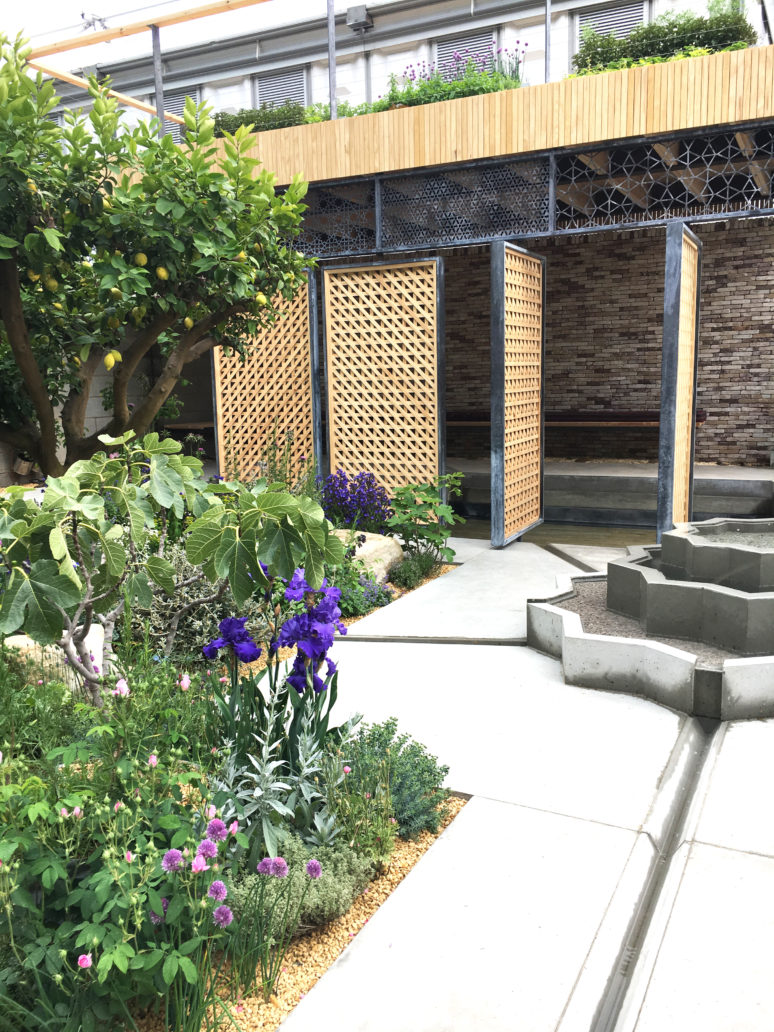A lot of studies have been performed comparing the reaction to urban vs scenic, or natural landscapes in the lab. This is one of them and we decided to feature it because it is performed with the most advanced method of brain scanning that we know thus far , fMRI.
From the figure we can see with the naked eye a difference between the pattern of activity when exposed to scenic (A) and urban (B) pictures.
The paper did not provide the stimuli photographs, which would be very important to see… Are they contemplative landscapes? Are they possible to design and implement in our cities? …
Interestingly enough, this study acknowledges that the benefits from inducing this particular brain activity come from just passive observation of images, which are far from the real landscape immersion.
Certain benefits may be derived from exposure to virtual versions of the natural environment, too. For example, people who were shown pictures of scenic, natural environments had increased brain activity in the region associated with recalling happy memories, compared to people that were shown pictures of urban landscapes.







